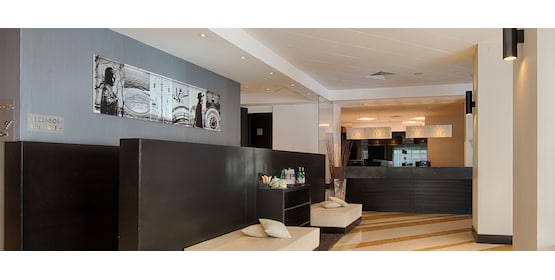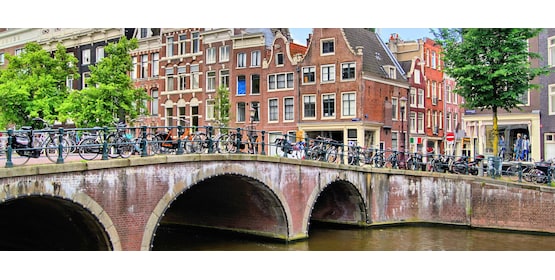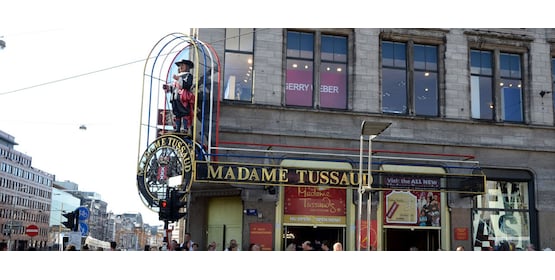The Royal Palace in Amsterdam
Of the three official residences held by the Dutch monarchy, the one in Amsterdam remains symbolically, the most important. Originally built as a city hall in 1648, it was transformed into the Royal Palace by King Louis Bonaparte, Napoleon's brother, in 1806. Fortunately for visitors to the city, it is open to the public, only closing for occasional state functions.
Popular rooms to see in the Palace are the Citizen's Hall, with its ornate sculptures and the City Council Chamber where you can find various lavish furnishings. The Magistrates' Court is also particularly interesting, with carved reliefs that date back to the mid XVII century.
Not only can you explore the opulent interiors of the Palace but there are regularly changing exhibitions. Over the summer, the focus is on an aspect of the palace's engrossing history, whilst the autumn months sees contemporary art take centre stage, as part of the Royal Awards for Modern Painting.
Admission is €10, although concessions are available. Included in the entrance fee is a free audio tour, whilst guided tours can be arranged at an extra cost.
The Royal Palace is open each day, between 10:00 a.m. and 17:00 p.m., although it is worth checking in advance to make sure that it is not closed for an royal event when you wish to visit. Since the palace attracts great numbers, it is best head there early, preferably around opening time.
It is also worth noting that there are no catering options within the Palace. Singel Canal, located just behind the Palace, is dotted with inviting eateries, should you feel peckish. The banks of the waterway are also a charming place to stroll, after a long morning spent uncovering Holland's royal past.












































